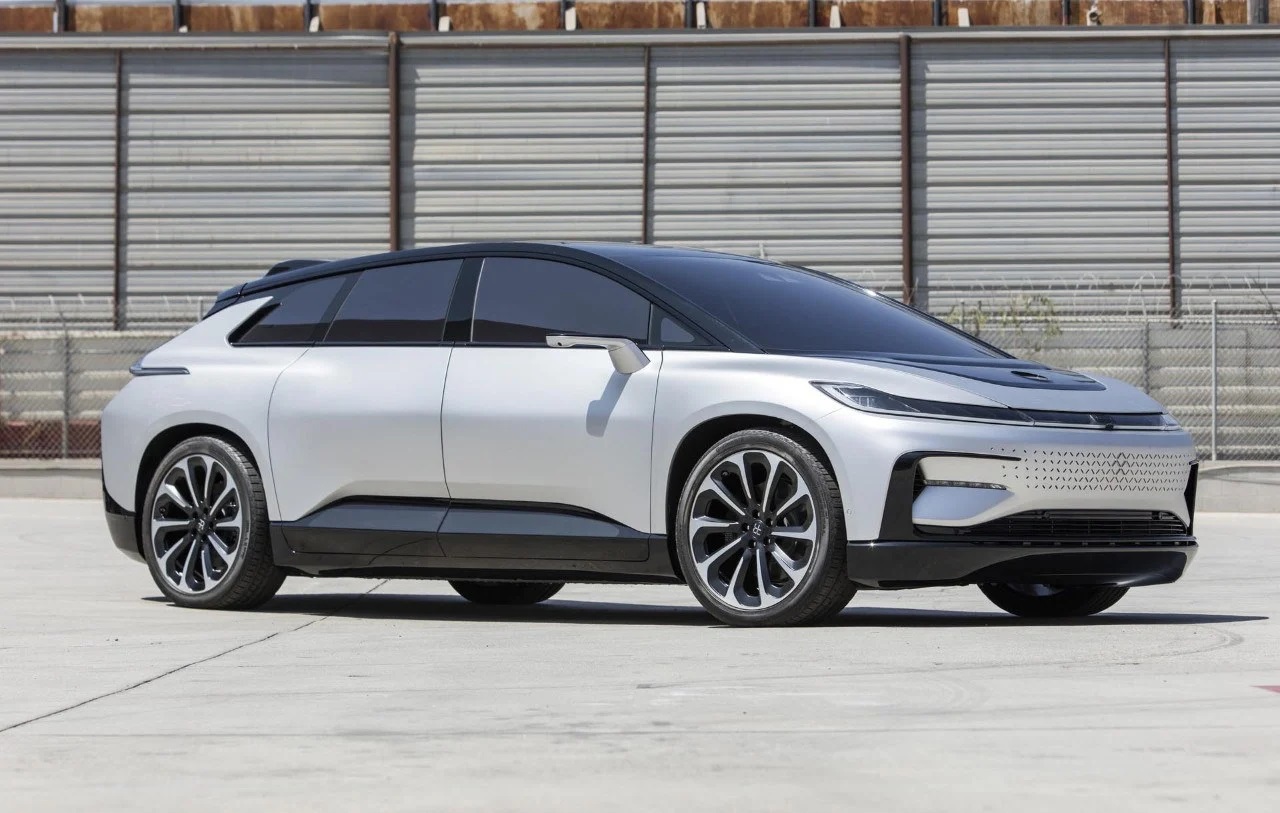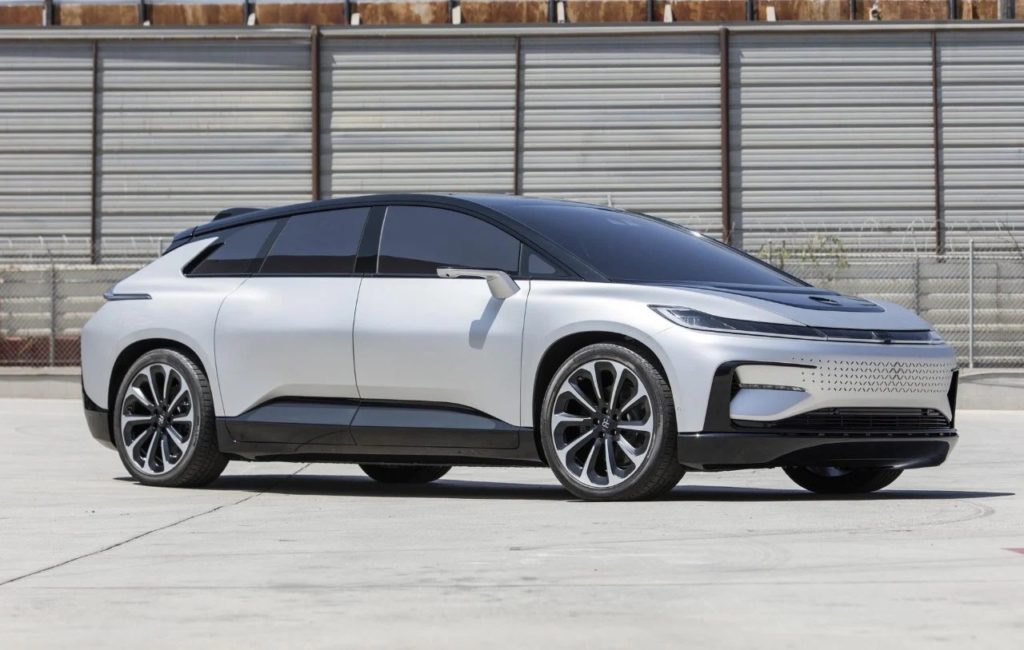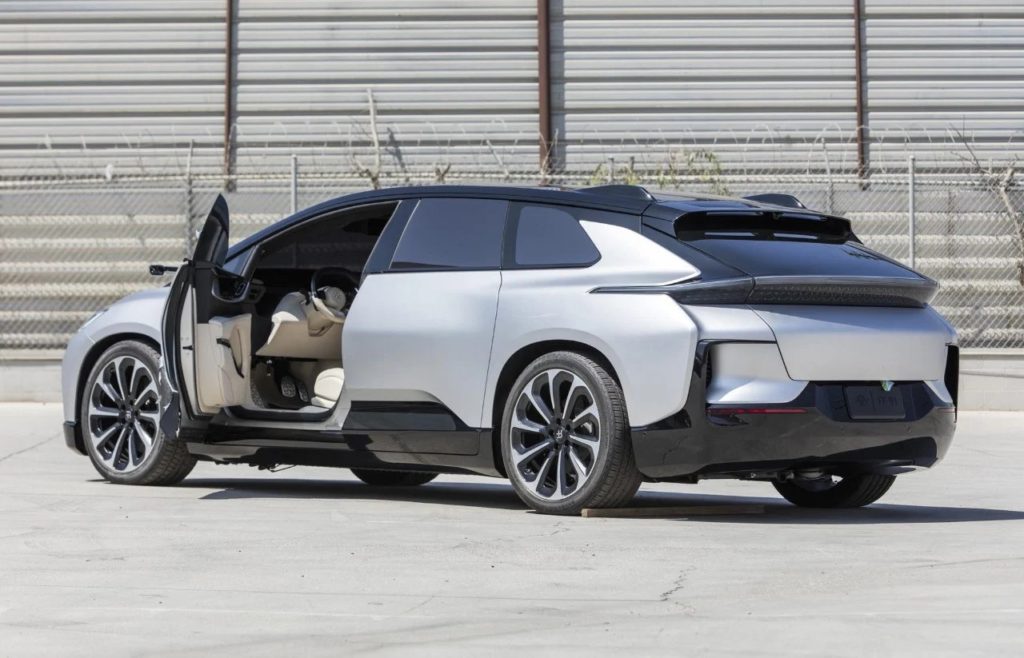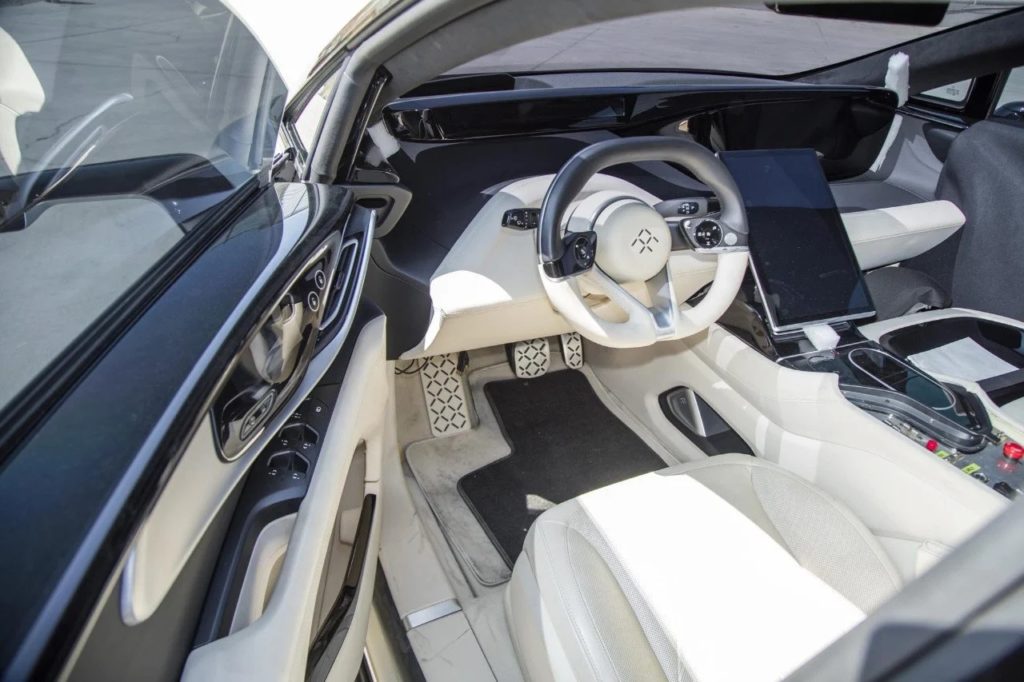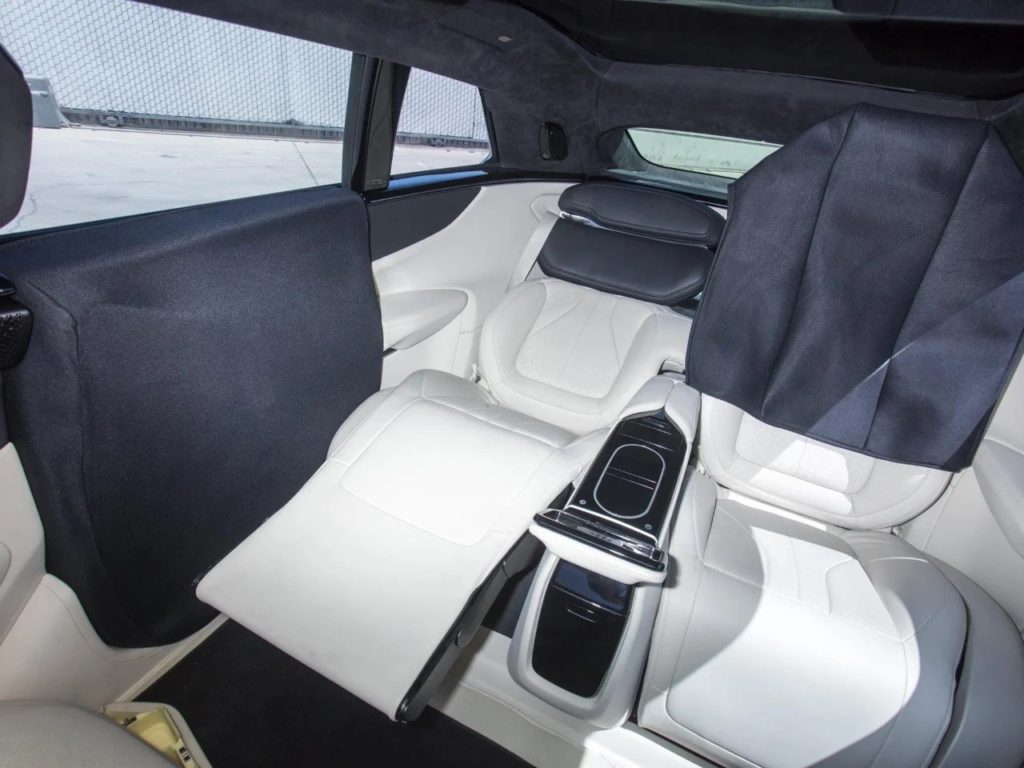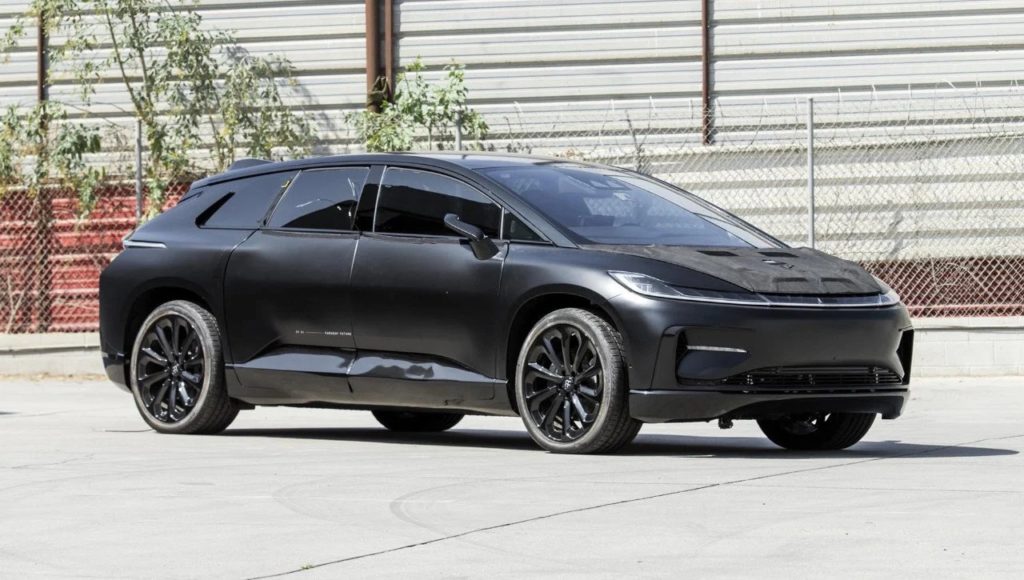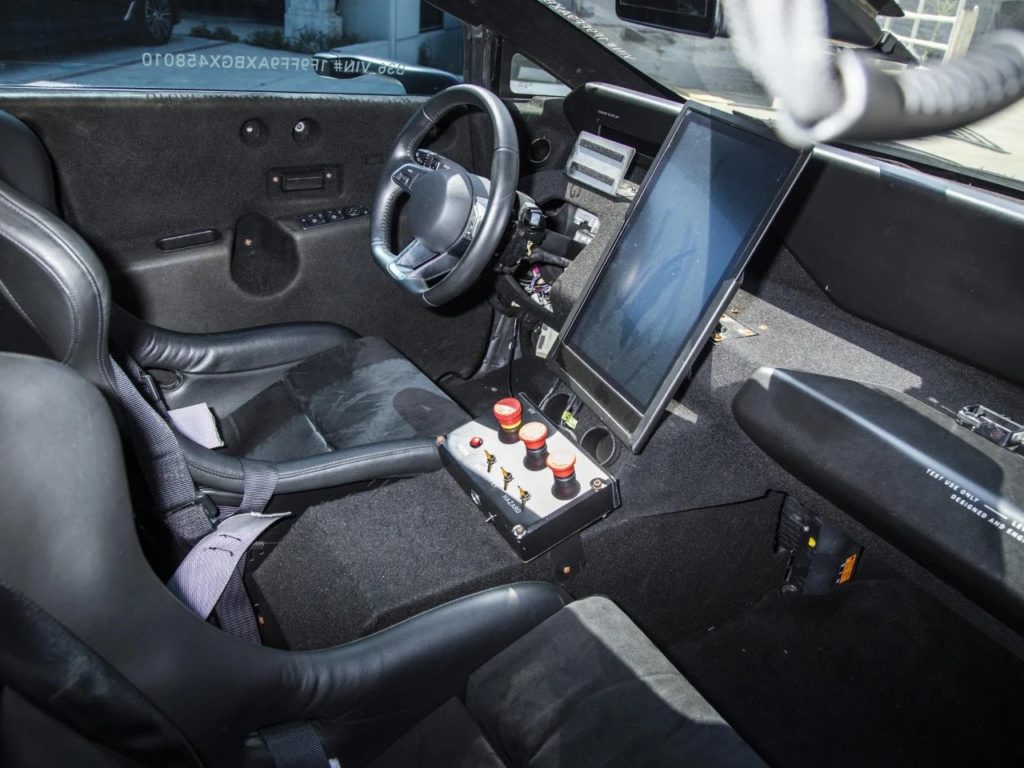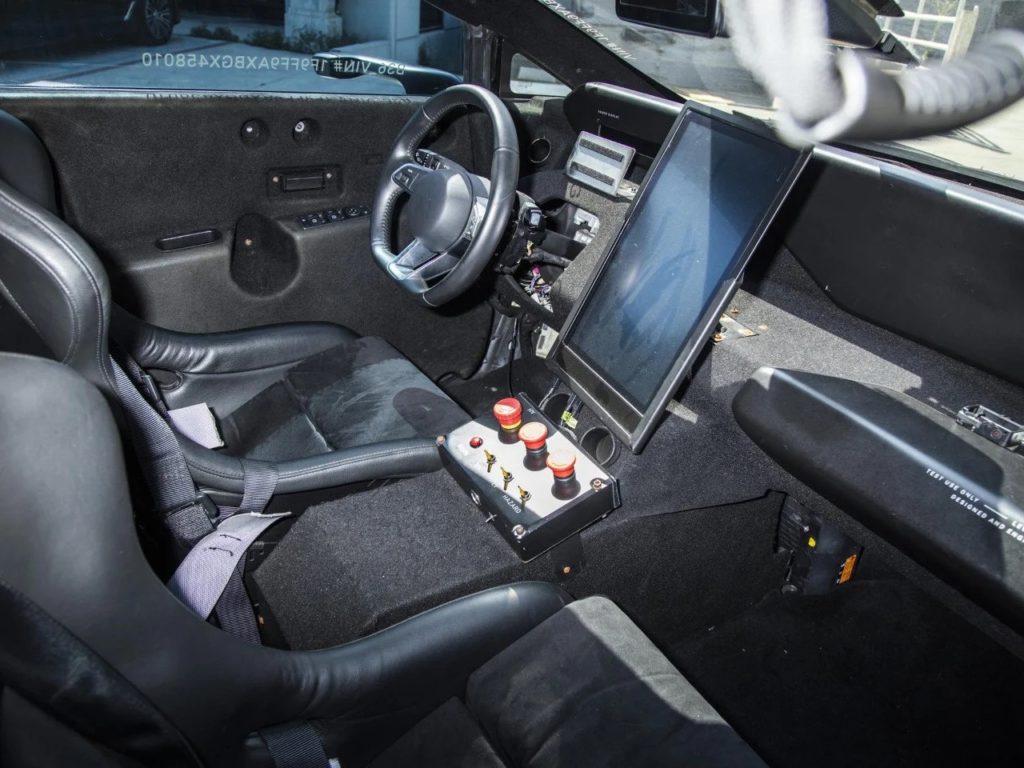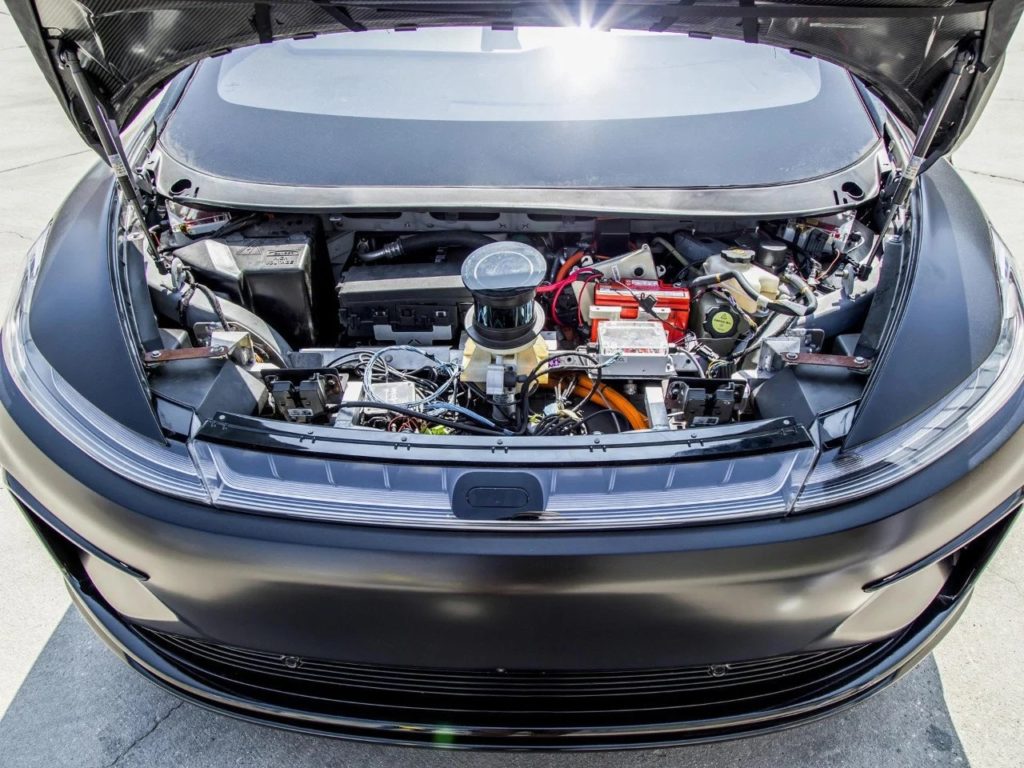The short history of the startup Faraday Future has been dotted with all kinds of misadventures: liquidity problems, disputes with its leading investor, non-payments to its suppliers, even developments that never ended. After numerous setbacks, finally, its first model, the FF91, will go on sale in September … but not as expected.
Faraday Future has announced that on September 5, it will auction two of the prototypes (one silver and one black) of its promising model, which will be put on sale in an event promoted by Worldwide Auctioneers. Considering the enormous importance that these prototypes usually have in the development of a vehicle, everything seems to indicate that the production of the FF91 will not finally come to fruition.
The silver unit is the same one that Faraday Future used during the unveiling model at CES in Las Vegas in 2017. This vehicle is initially fully finished both inside and out. The other unit, black in color, is the prototype with which the brand managed to time a 0 to 60 miles per hour (0-96.6 km/h) in 2.38 seconds. It was also exhibited at Pikes Peak. In this case, neither the exterior nor the interior is finished, as is often the case with development prototypes.
On paper, the Faraday Future FF91 had total power of 1,068 hp thanks to four electric motors (one per wheel, which gave it all-wheel drive). The 130 kWh batteries, made up of LG Chem original cells, gave it a theoretical autonomy of about 377 miles under the EPA homologation cycle. At the same time, the fast charge in direct current reached 200 kW.
At the time, Faraday Future promised that the FF91 would have three modems (one for vehicle diagnostics and OTA updates, and the other two for the infotainment system and its connectivity functions) and a total of eleven screens inside, including a 27-inch that would unfold from the roof of the car.
The use of an FFAI Artificial Intelligence system was also announced, which would use sensors, cameras and specific software to create a personalized user experience through facial, voice and weight recognition to adapt the seats to their respective occupants, regulate the temperature of each zone, and the volume of the sound system.

